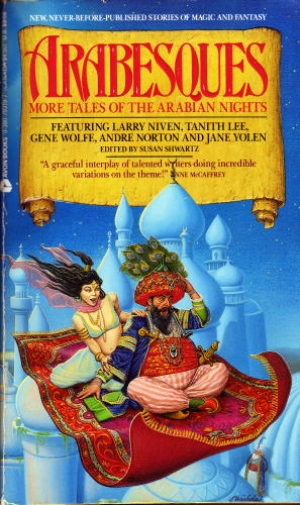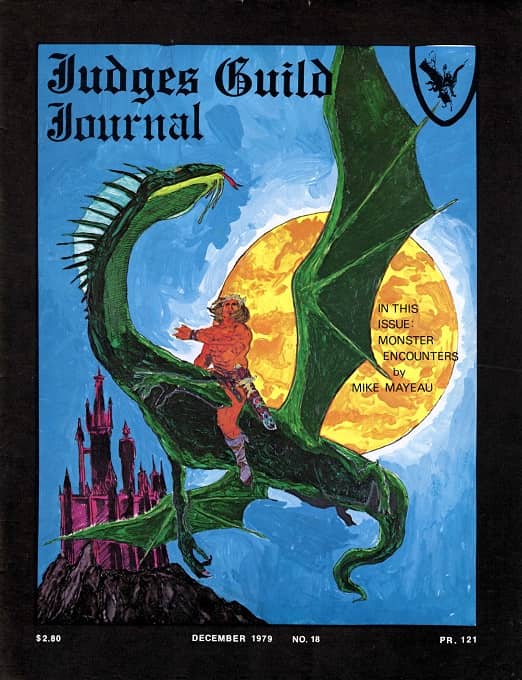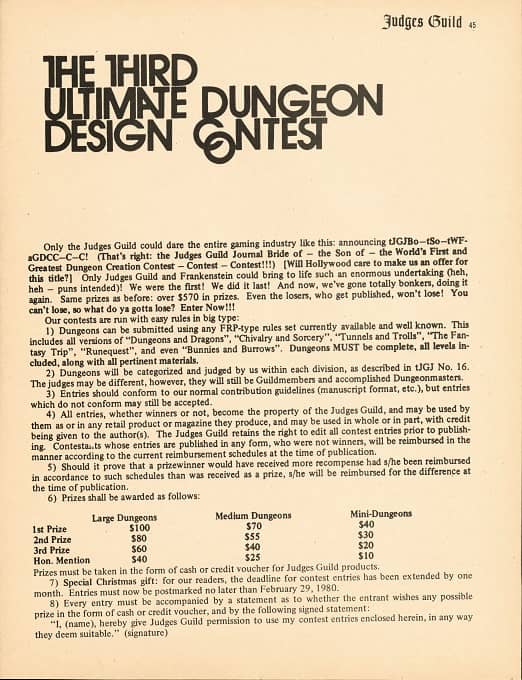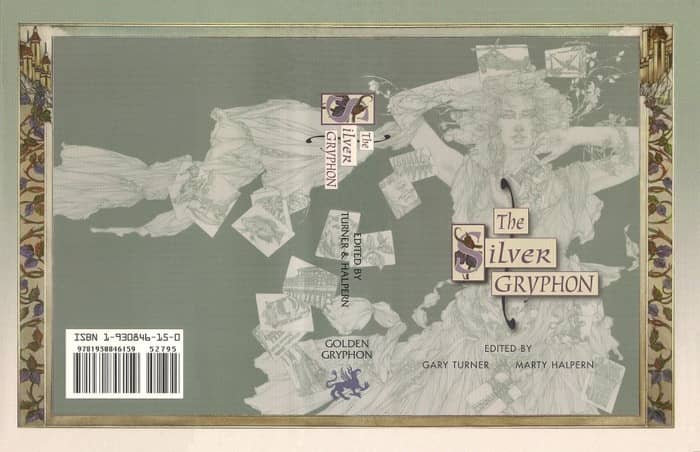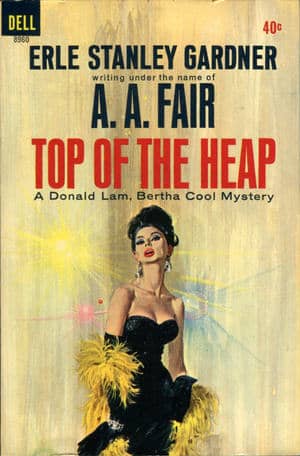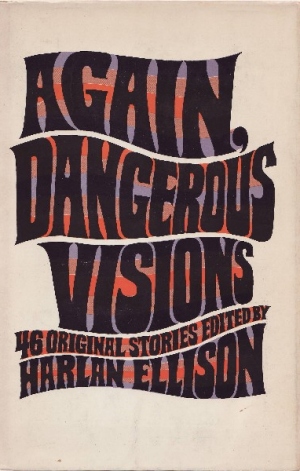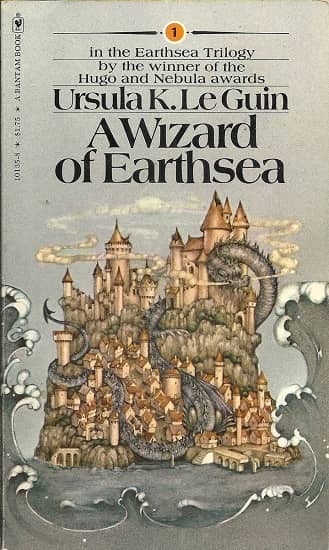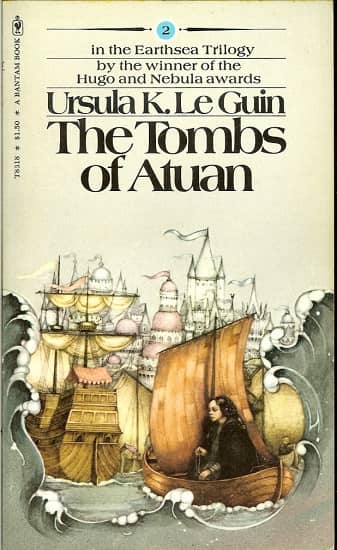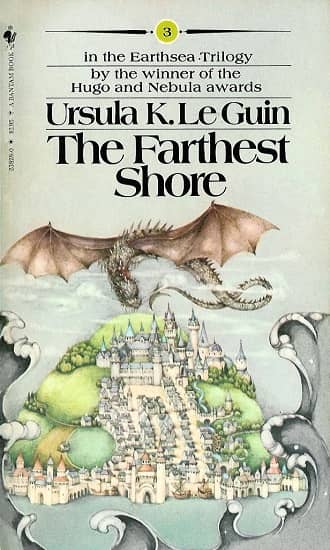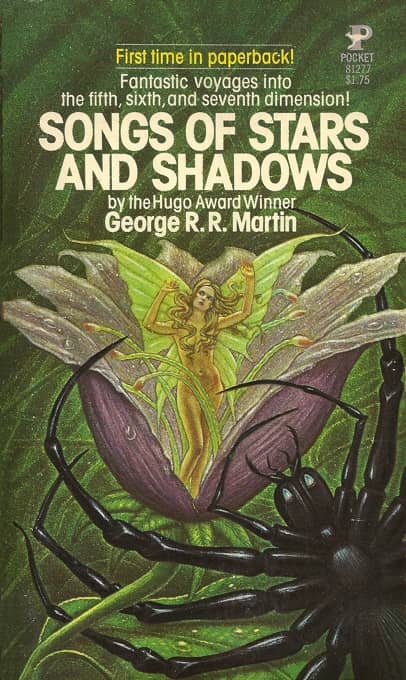Birthday Reviews: Stephen Gallagher’s “God’s Bright Little Engine”

Stephen Gallagher was born on October 13, 1954.
Gallagher received the British Fantasy Award for his 2004 collection Out of His Mind and in 2007, he earned the International Horror Guild Award for Short Fiction for his story “The Box.” He has also been nominated for the Bram Stoker Award and twice for the World Fantasy Award. In addition to his fiction, Gallagher is also a writer for television, developing the series Eleventh Hour and Crusoe. He wrote the Doctor Who serials “Warrior’s Gate,” starring Tom Baker, and “Terminus,” during Peter Davison’s tenure.
Gallagher originally published “God’s Bright Little Engine” in Peter Crowther and Edward E. Kramer’s 1995 anthology Tombs. Gallagher also included the story in his 2004 British Fantasy Award-winning collection Out of His Mind.
In “God’s Bright Little Engine,” Helen is an elder-care nurse whose life is focused entirely, and not entirely by her desire, on her patients. In her run-down apartment she has built one of her few relationships with Big Andy, the slow-witted handyman who lives below her. Their relationship, such as it is, appears to be based on his infatuation with Helen and Helen’s need to have someone fix things around her apartment.
The story revolves around the emptiness in Helen’s life. She doesn’t particularly like her job, although she is apparently good at it, she doesn’t like her run-down apartment, and she sees Big Andy solely in terms of someone she can exploit because he likes her. The status quo takes a turn for the worse when Helen returns home to find some repairs had been done to her apartment while she was at work. Following a confrontation with Big Andy, who clearly had found her spare key, she also discovers that he has been spying on her through the floorboards of her apartment.

